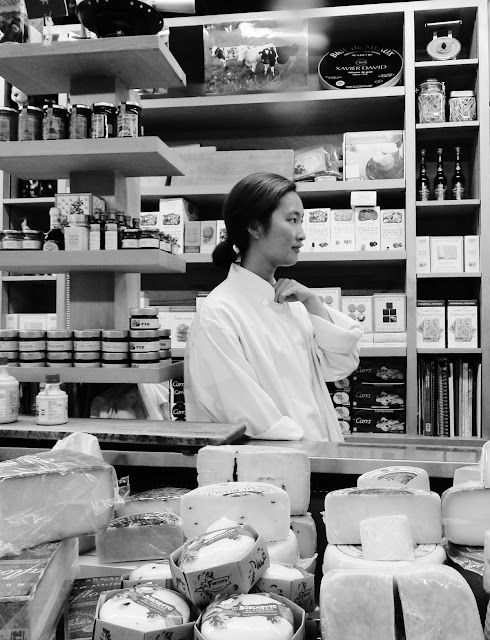Culinary Photographer: Documenting the People, Places, and Experiences Associated with Food
A culinary photographer does far more than simply take pictures of food. They capture the essence of the culinary world, telling stories through their lens about the people who create, the places that inspire, and the experiences that unfold around food. This dynamic field combines elements of food photography, portraiture, travel, and lifestyle documentation to craft a rich narrative that goes beyond the plate.
The People
At the heart of culinary photography are the people who bring food to life. From chefs and farmers to artisans and servers, each individual has a story that adds depth to the culinary experience. A skilled culinary photographer captures these stories in action: a chef’s hands deftly plating a dish, a baker dusting flour across a countertop, or a farmer inspecting freshly harvested produce. These moments connect audiences to the human effort and passion behind every meal.
Portraiture is an essential aspect of this storytelling. Photographers often use natural light and authentic settings to portray their subjects in a way that feels intimate and real. Whether it’s a sommelier pouring wine or a street vendor preparing a beloved local dish, the focus is on showcasing the individual’s personality and their relationship with food.
The Places
Culinary photography often involves capturing the environments where food is grown, prepared, and enjoyed. These places, ranging from bustling urban markets to serene vineyards, are vital in contextualizing the food story. A photograph of a seafood market at sunrise, with its vibrant array of fresh catches, conveys the importance of local sourcing and traditions.
Travel is often an integral part of the job. Culinary photographers explore diverse settings, from Michelin-starred kitchens to rural villages, to showcase how geography and culture influence cuisine. This aspect of the craft often involves landscape photography techniques to highlight the beauty of agricultural fields, coastal fishing villages, or dynamic street food scenes. These images not only inform but also inspire curiosity and appreciation for culinary diversity.
The Experiences
Food is deeply tied to experiences, from the joy of sharing a meal to the sensory delight of tasting a new dish. Culinary photographers aim to evoke these emotions through their work. Capturing the steam rising from a bowl of pho, the vibrant colors of a summer picnic, or the laughter around a holiday dinner table invites viewers into the scene.
Moments of preparation and celebration are equally significant. The rhythm of chopping, the art of plating, or the lively energy of a food festival all tell stories about the cultural and communal aspects of food. These images serve as visual narratives that celebrate the rituals and relationships forged through eating.
Crafting the Narrative
Culinary photography requires technical skill and a creative vision. Photographers must master composition, lighting, and color to produce compelling images. Equally important is the ability to connect with subjects and adapt to various environments. A culinary photographer acts as both an artist and a documentarian, bridging the gap between viewers and the intricate world of food.
In documenting the people, places, and experiences associated with food, culinary photographers celebrate the universal language of cuisine. Their work not only preserves moments but also inspires appreciation for the artistry and culture that make food such an essential part of our lives.





.jpg)
.jpg)


.jpg)




.jpg)
.jpg)
.jpg)
.jpg)




.jpg)

.jpg)
.jpg)

























.jpg)













No comments:
Post a Comment